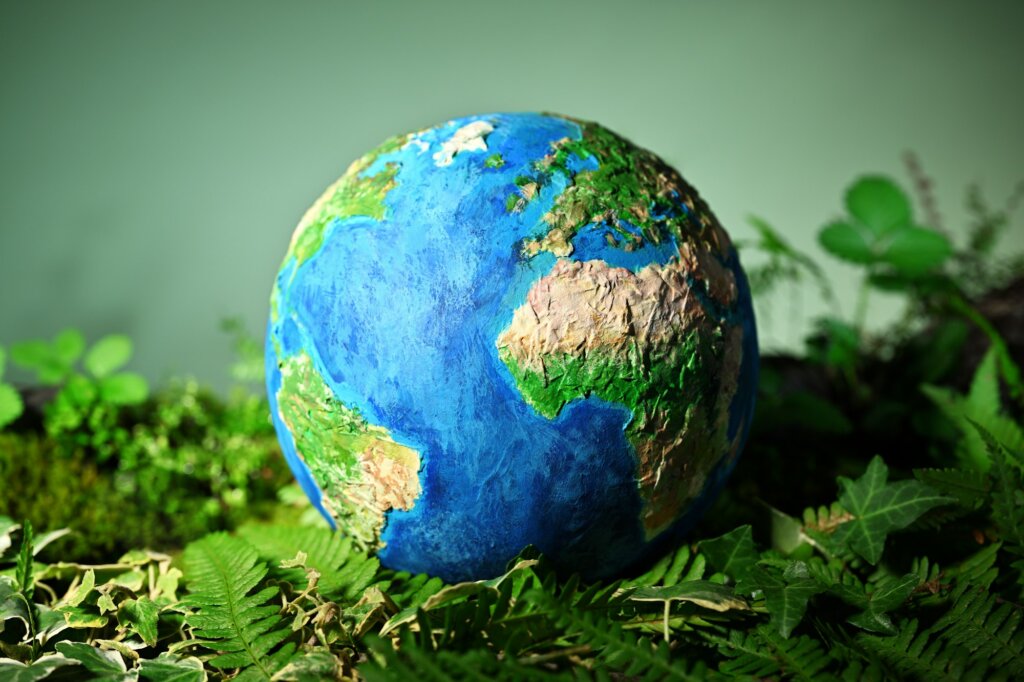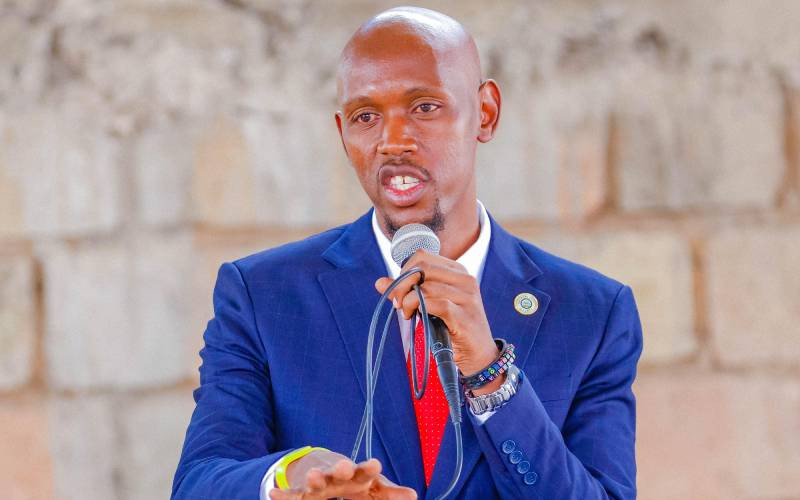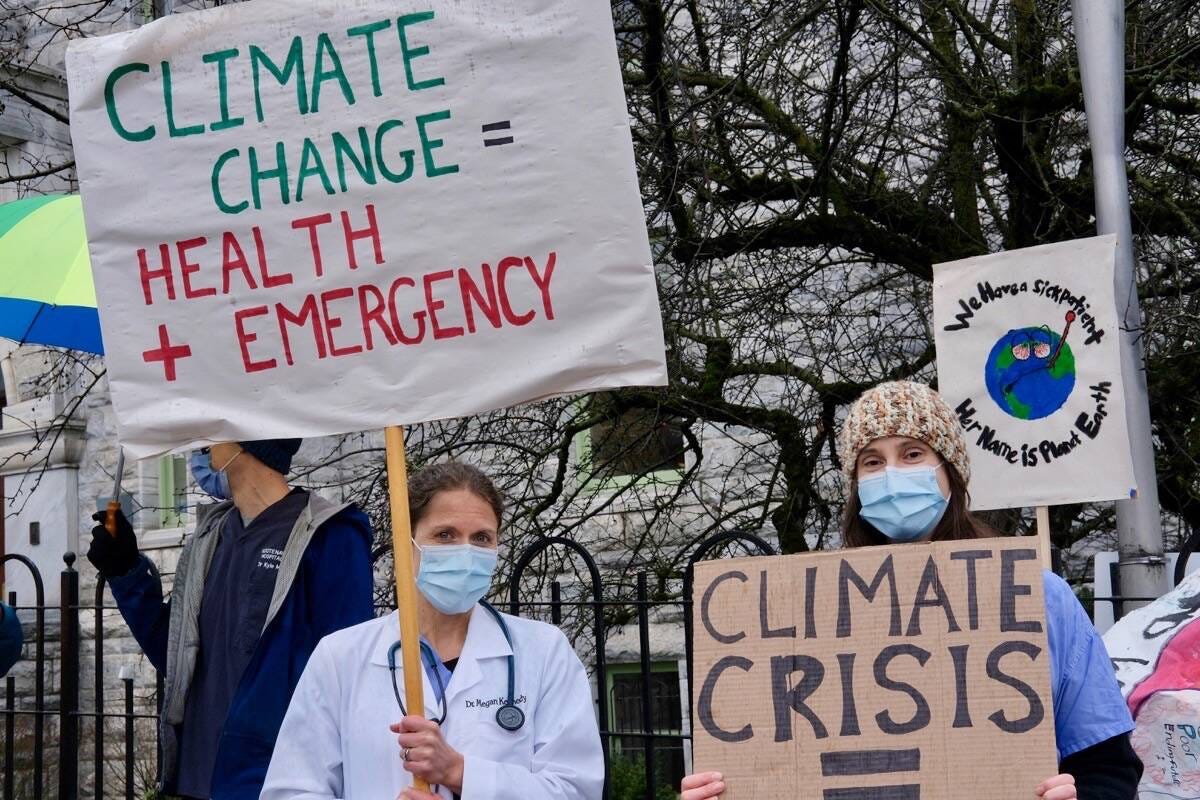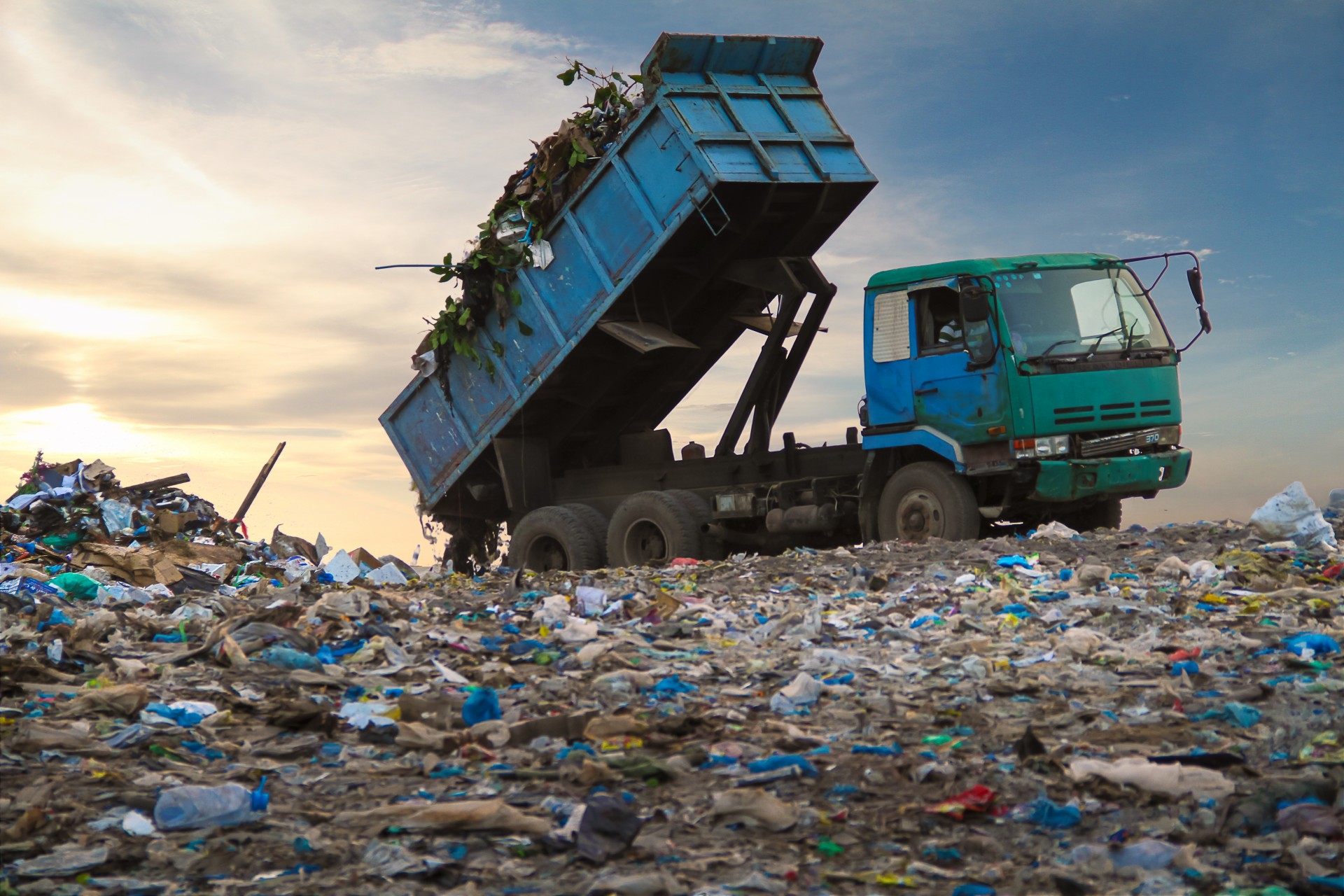On July 24, 2025, humanity officially blew past nature’s limit. Earth Overshoot Day arrived earlier than last year, signaling a dangerous acceleration in humanity's collective overconsumption. From this point onward, earth's species are living on borrowed resources—an ecological IOU we can never fully repay.
According to UN Secretary-General António Guterres, the implications are stark:
“It is time to rethink the way we produce and consume—to make sustainable choices.”
But time is running out. This year’s date reveals a harrowing truth: humanity is consuming nature 1.8 times faster than Earth’s ecosystems can replenish.
Humans are burning through the planet's biological budget—more CO₂ than forests can absorb, more water than aquifers can replenish, and more fish, trees, and soil than nature can regrow.
Read More
The Global Footprint Network, which tracks humanity's global impact, paints a grim picture in its latest assessment:
“This overshoot occurs because people emit more CO₂ than the biosphere can absorb, use more freshwater than is replenished, harvest more trees than can regrow, fish quicker than stocks replenish… This overuse inevitably depletes Earth’s natural capital.”
And it doesn’t end here. For the rest of the year, earth's habitants continue to live in ecological debt—drawing down future generations’ inheritance to fuel today’s demand.
Each passing year, Earth Overshoot Day creeps forward on the calendar. Each shift is a red flag, warning of climate stress, biodiversity collapse, and resource scarcity.
This isn't a metaphor—it’s math. And it’s merciless.
The date is determined by the Global Footprint Network, an award-winning research group that synthesizes global data and behavioral trends to expose our ecological imbalance. And this imbalance is getting worse.
If there was ever a time to turn around, it’s now.







